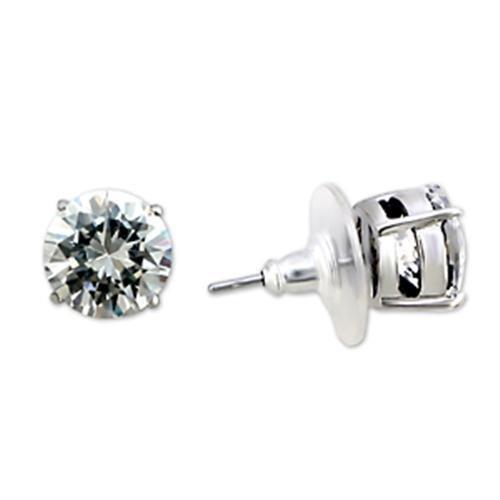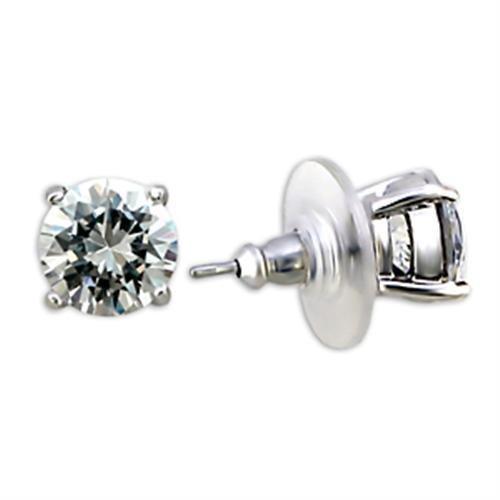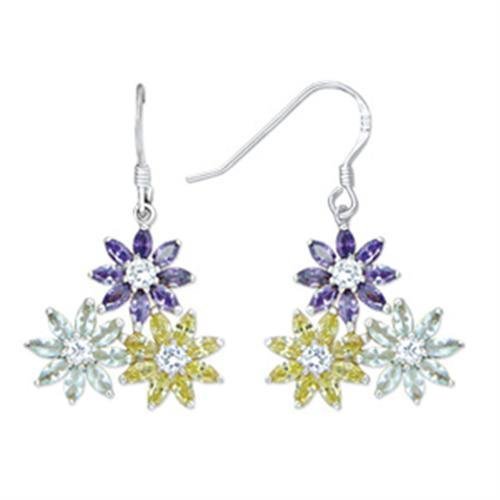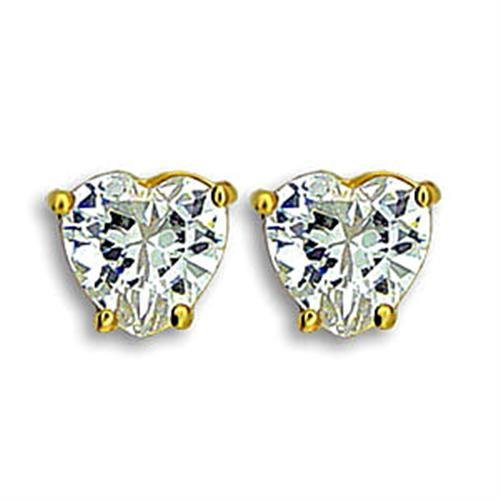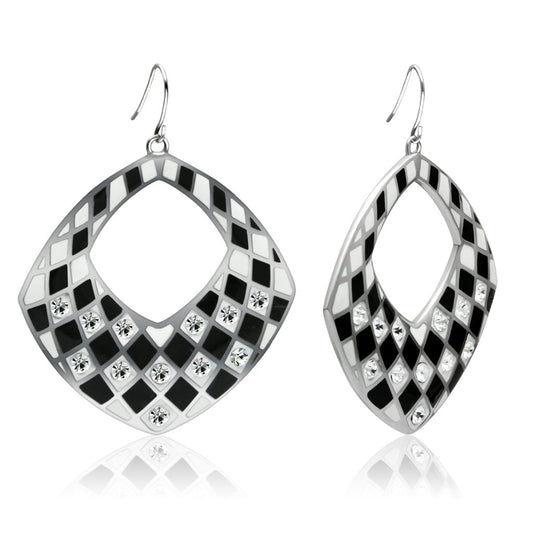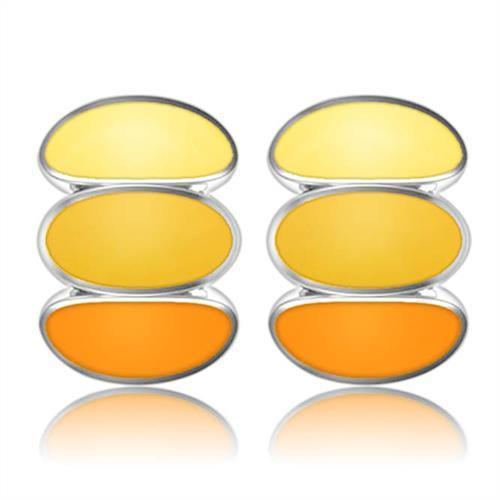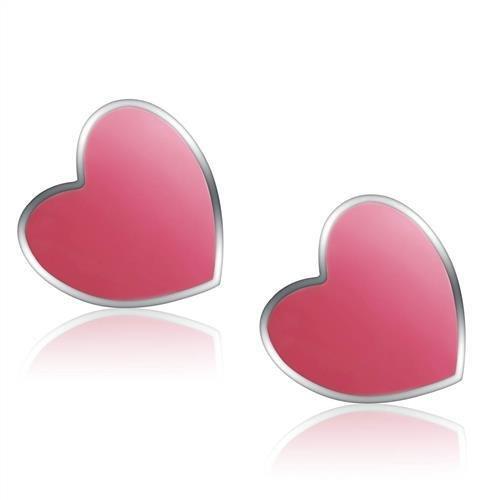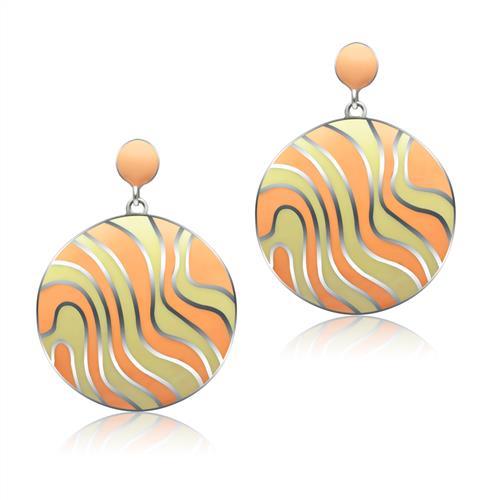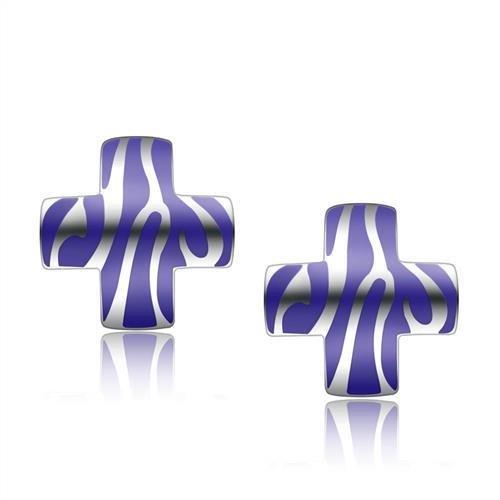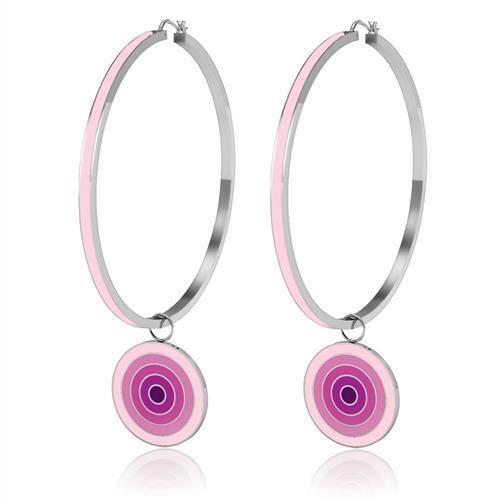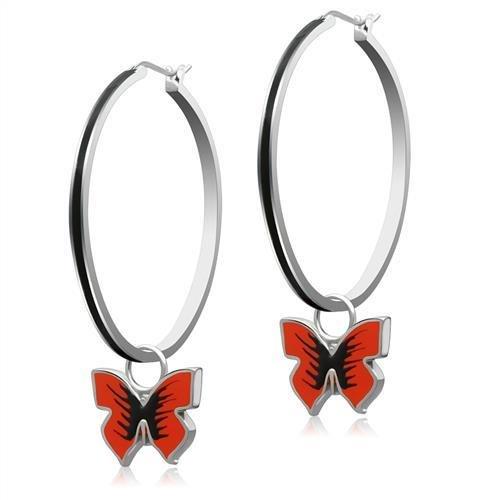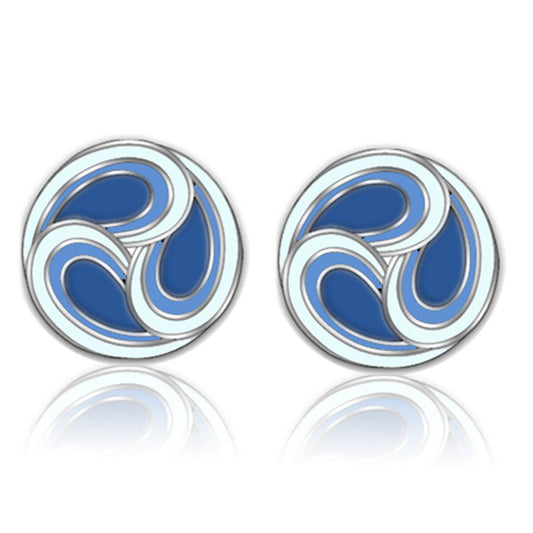This article explores whether it's safe to wear sterling silver jewelry in water. It discusses the effects of various water types like pools, hot tubs, and showers on sterling silver. The article also provides tips on maintaining and cleaning your silver jewelry to prevent tarnish and discoloration, ensuring it stays beautiful and shiny.
Table of Contents
- Understanding Sterling Silver
- Effects of Water on Sterling Silver
- Preventing Tarnish and Maintaining Shine
- Impact of Daily Activities on Sterling Silver Jewelry
- Advanced Cleaning Techniques
- Protecting Your Jewelry from Tarnish
- Travel Considerations
- Understanding Tarnish and Oxidation
- DIY Cleaning Solutions
-
FAQ: Can You Wear Sterling Silver in Water?
- Can you wear sterling silver every day?
- Does sterling silver tarnish faster in humid climates?
- Is it safe to wear sterling silver in the ocean?
- Can I use toothpaste to clean my sterling silver jewelry?
- Does sterling silver react with skin oils?
- How can I remove tarnish from intricate sterling silver designs?
- Can I wear sterling silver jewelry in hot weather?
- Why does my sterling silver jewelry sometimes turn my skin green?
- Is it safe to wear sterling silver jewelry in a hot tub?
- Can I polish my sterling silver jewelry too often?
Understanding Sterling Silver
Sterling silver is a popular choice for jewelry due to its lustrous appearance and durability. It's composed of 92.5% pure silver and 7.5% other metals, usually copper, to enhance its strength. While pure silver is too soft for practical use, sterling silver strikes the perfect balance between beauty and resilience. However, this alloy can be affected by exposure to different elements, including water.
Effects of Water on Sterling Silver
Showers and Hand Washing
Wearing sterling silver in the shower or while washing your hands generally poses minimal risk. However, repeated exposure to water can lead to tarnish over time. Humidity and water can cause the metal to oxidize, resulting in a dull appearance. To maintain the shine of your jewelry, it is advisable to dry it thoroughly after exposure to water.
Pool Water and Chlorine
Pools contain chlorine, a harsh chemical that can accelerate the tarnishing of sterling silver. Chlorine is corrosive and can damage the surface of your jewelry, leading to a color change and loss of luster. Therefore, it's best to remove your bracelets and rings before taking a dip in the pool.
Hot Tubs and Hot Springs
Hot tubs and hot springs pose a higher risk due to their combination of heat and chemicals. The elevated temperatures can cause chemical reactions that may tarnish or even corrode sterling silver. The natural minerals and chemicals present in hot springs can also leave a residue on your jewelry, which is difficult to clean. To protect your earrings and necklaces, it's best to avoid wearing them in these environments.
Salt Water
Salt water, found in the ocean, can be quite damaging to sterling silver. The salt can leave a residue and accelerate the tarnishing process. It's highly recommended to remove your bangles and brooches before swimming in the sea to prevent any potential damage.
Preventing Tarnish and Maintaining Shine
To keep your sterling silver jewelry looking its best, here are some essential tips for cleaning and storage:
Cleaning Your Jewelry
- Cleaning Cloth: Use a soft cleaning cloth to wipe down your jewelry regularly. This helps remove any oils or residues that might cause tarnish.
- White Vinegar and Baking Soda: A solution of white vinegar and baking soda can effectively clean and restore the shine of your silver pieces.
- Lemon Juice: The natural acidity in lemon juice can also help remove tarnish. Soak your jewelry in a mixture of lemon juice and water, then rinse thoroughly.
Storage Tips
- Climate-Controlled Storage: Store your jewelry in a cool, dry place. A climate-controlled environment minimizes exposure to humidity, which can lead to tarnish.
- Jewelry Insurance: Consider getting insurance for valuable pieces to protect against loss or damage.
Impact of Daily Activities on Sterling Silver Jewelry
While occasional exposure to water might not cause immediate harm to your sterling silver jewelry, daily activities can contribute to gradual tarnishing and wear. Understanding how these activities affect your jewelry can help you take better care of your precious pieces.
Cooking and Cleaning
Cooking often involves exposure to steam, oils, and various food acids, which can dull the shine of your sterling silver. Similarly, cleaning products can contain harsh chemicals that may cause corrosion. It's advisable to remove your jewelry before engaging in such activities to prevent damage.
Exercising and Sports
During exercise, your body produces sweat, which contains salts and acids that can accelerate tarnishing. High-impact sports can also result in scratches and dents. To keep your jewelry safe, store it securely before hitting the gym or playing sports.
Applying Lotions and Perfumes
Lotions, perfumes, and hair products often contain chemicals that can tarnish or discolor sterling silver. Apply these products first and let them dry completely before putting on your jewelry. This practice minimizes direct contact between your jewelry and these potentially harmful substances.
Bathing in Different Water Types
- Shower: As mentioned, wearing sterling silver in the shower occasionally is usually safe, but frequent exposure can cause tarnishing. Always dry your jewelry thoroughly after each shower.
- Bathtub: Bath products can contain oils and chemicals that may tarnish silver. Remove your jewelry before taking a bath to prevent any contact with these products.
Advanced Cleaning Techniques
For those times when your jewelry needs a deeper clean, consider these advanced techniques to restore its sparkle:
Ultrasonic Cleaners
Ultrasonic cleaners use high-frequency sound waves to remove dirt and grime from jewelry. These devices are effective but should be used cautiously with sterling silver, as they can sometimes cause damage to delicate pieces.
Professional Cleaning Services
For valuable or heavily tarnished pieces, professional cleaning services can provide a thorough and safe cleaning process. Jewelers have specialized equipment and expertise to handle sterling silver with care.
Protecting Your Jewelry from Tarnish
Preventative measures can go a long way in keeping your sterling silver jewelry in pristine condition. Here are some additional tips to protect your pieces:
Anti-Tarnish Strips
Placing anti-tarnish strips in your jewelry box can help absorb moisture and other elements that cause tarnishing. These strips are an inexpensive and effective way to prolong the shine of your jewelry.
Silica Gel Packs
Silica gel packs, commonly found in new shoe boxes, can also be placed in your jewelry storage to absorb excess moisture. This helps maintain a dry environment, reducing the risk of tarnish.
Regular Inspections
Perform regular inspections of your jewelry to catch any early signs of tarnish or damage. Cleaning your pieces frequently and storing them properly can prevent small issues from becoming larger problems.
Travel Considerations
When traveling with your sterling silver jewelry, take extra precautions to ensure its safety:
- Travel Cases: Use travel cases with individual compartments to protect your jewelry during transit.
- Minimal Exposure: Limit the exposure of your jewelry to humid or corrosive environments while traveling. Store it in a dry, climate-controlled area whenever possible.
Understanding Tarnish and Oxidation
Tarnish is a natural process that occurs when sterling silver reacts with sulfur or oxygen in the air. Understanding how to deal with tarnish can help you maintain the appearance of your jewelry:
- Mild Tarnish Removal: For mild tarnish, use a polishing cloth to gently remove the darkened layer.
- Severe Tarnish: For severe tarnish, consider using specialized silver cleaning products or taking your jewelry to a professional cleaner.
DIY Cleaning Solutions
In addition to professional cleaning products, there are several DIY solutions you can use to clean your sterling silver jewelry:
- Baking Soda and Water: Create a paste using baking soda and water. Apply it to the jewelry, gently rub with a soft cloth, and rinse thoroughly.
- White Vinegar: Soak your jewelry in a solution of white vinegar and water for a few hours, then rinse and dry.
- Lemon Juice and Salt: Mix lemon juice with salt and use the solution to clean your jewelry. Rinse and dry thoroughly afterwards.
FAQ: Can You Wear Sterling Silver in Water?
Can you wear sterling silver every day?
Yes, you can wear sterling silver jewelry every day. However, it’s important to remove it before engaging in activities that expose it to harsh chemicals or extreme conditions, such as swimming in chlorinated pools or using cleaning products.
Does sterling silver tarnish faster in humid climates?
Yes, sterling silver tends to tarnish faster in humid climates due to the increased presence of moisture in the air. Storing your jewelry in a dry, climate-controlled environment can help mitigate this effect.
Is it safe to wear sterling silver in the ocean?
No, it is not recommended to wear sterling silver in the ocean. Saltwater can accelerate tarnishing and leave a residue on the jewelry, which can be difficult to clean.
Can I use toothpaste to clean my sterling silver jewelry?
While some people use toothpaste to clean sterling silver, it is generally not recommended because it can be abrasive and cause scratches. It’s better to use a soft cloth and a solution of baking soda and water or specialized silver cleaning products.
Does sterling silver react with skin oils?
Yes, sterling silver can react with skin oils, causing tarnish over time. Regular cleaning with a soft cloth can help remove oils and prevent tarnishing.
How can I remove tarnish from intricate sterling silver designs?
For intricate designs, use a soft toothbrush with mild soap and water to gently clean the jewelry. For more stubborn tarnish, a solution of white vinegar and baking soda can be effective.
Can I wear sterling silver jewelry in hot weather?
Yes, you can wear sterling silver in hot weather, but be aware that sweat can accelerate tarnishing. Regular cleaning and drying your jewelry after wearing it can help maintain its shine.
Why does my sterling silver jewelry sometimes turn my skin green?
Sterling silver can cause a green discoloration on your skin due to the presence of copper in the alloy. This reaction is harmless and can be minimized by keeping your jewelry clean and dry.
Is it safe to wear sterling silver jewelry in a hot tub?
No, it is not safe to wear sterling silver in a hot tub. The combination of heat and chemicals can cause significant damage to the jewelry, leading to tarnishing and potential corrosion.
Can I polish my sterling silver jewelry too often?
While regular cleaning is essential, polishing your sterling silver jewelry too often with abrasive materials can wear down the surface. It’s best to use a soft cloth for routine cleaning and save more intensive polishing for when it is necessary to remove tarnish.
For more tips and to explore our exquisite collection of sterling silver pieces, visit our bracelets, earrings, necklaces, rings, bangles, and brooches collections.
By following these comprehensive care tips, you can enjoy the timeless elegance of sterling silver jewelry without the worry of tarnish or damage. Your precious pieces deserve the best care, ensuring they sparkle and shine, enhancing your style for any occasion.


